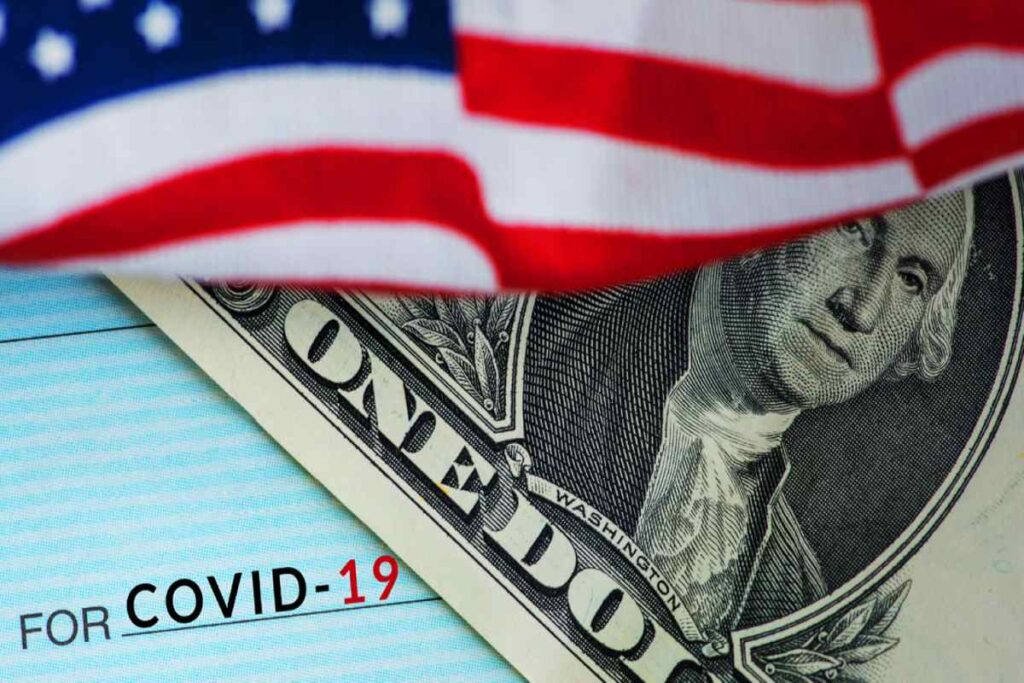As early as April 2021, then IRS Commissioner Chuck Rettig promised that beneficiaries would start receiving the year’s tax credit payments by July 15.

True to Rettig’s words, some eligible tax-paying families started receiving their child tax credit payments in July 2021. The payments were eventually paid in monthly tranches, beginning on the 15th of each month, for the rest of the year.
A User-friendly Tax Credit System
The Internal Revenue Service (IRS) also tried to make the American Rescue Plan as seamless and user-friendly as possible. So, the Service floated a portal on their official that went active on July 1, 2021.
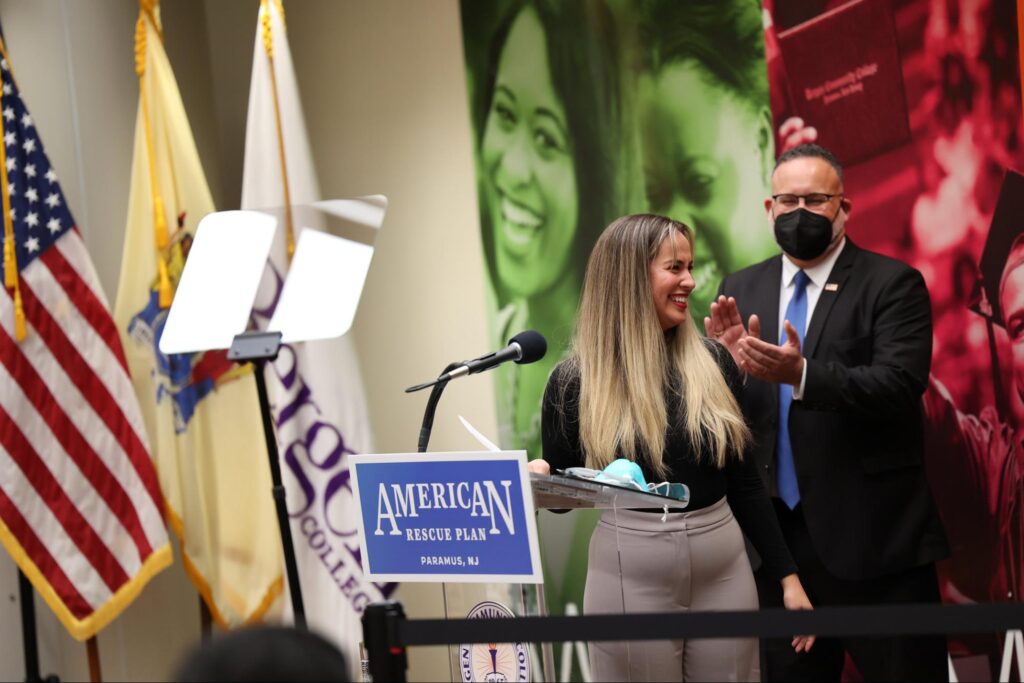
The child tax credit portal allowed tax-paying families to check their eligibility for the credit payments before its commencement.
Fool-proofing a National Tax Credit System
Before the American Rescue Plan commenced, Rettig was questioned by the Senate Finance Committee. His testimonies were used largely to assess the IRS’s plausibility and preparedness to execute the program.

Yes, the Federal government decided to make non-refundable monthly payments to poor families, with the dependents as the determining factor. However, the Senate’s intervention was necessary for quality control.
Huge Tax Credit Expenses Are Often Backed By Law
The tax credit payment was made possible only because it was backed by law. In March 2021, President Biden signed the American Rescue Plan Act, which approved the approximately $1.9 trillion poverty-alleviation scheme.
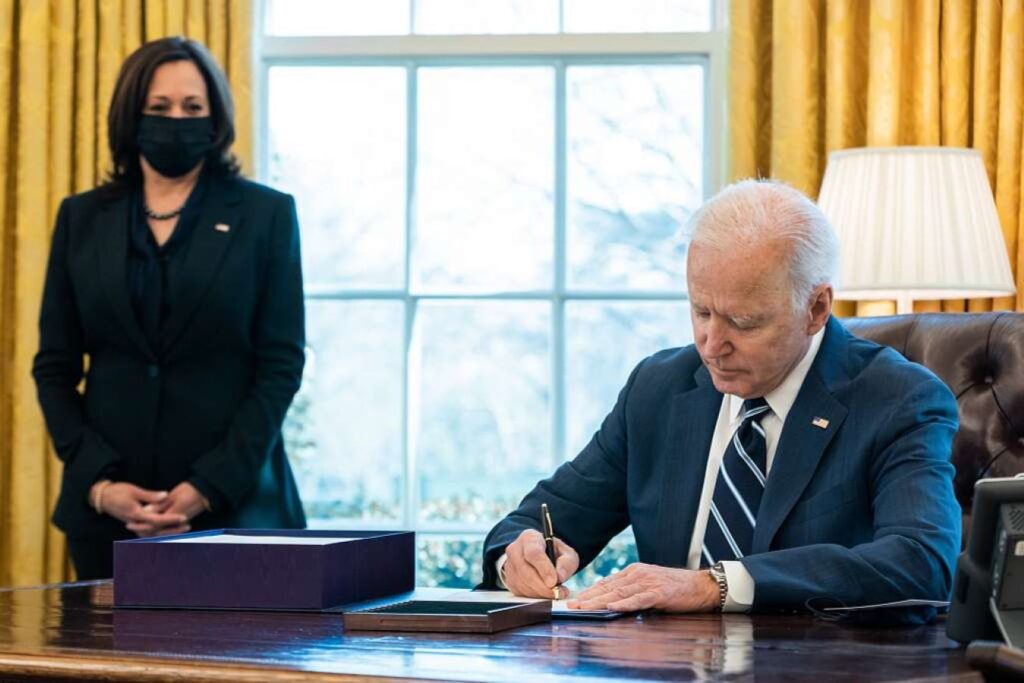
The Act approved the disbursement of tax credits to eligible families, particularly poor ones and those with vulnerable minors. The scheme identified minors as kids between the ages of 0 and 17 years.
Not Everyone Was Eligible for the American Rescue Plan
According to the payment templates that governed the American Rescue Plan, eligible families received a total payment of $3,600 for each of their children who are 5 years old and younger.

When the child of a family eligible for the tax credit is between 6 and 17 years old, the family of the child receives a total of $3,000 for the child.
Yet Another Scheme that Encourages Financial Patriotism
The American Rescue Plan of 2021 was synched with the IRS tax system, so one of the first eligibility requirements is to be a taxpayer. So, a family needs to have filed their annual tax returns by April 15 to receive their first tranche of monthly payments six to eight weeks later.

While wearing all the airs of a new scheme, tax experts say the American Rescue Plan is only a remodeled tax policy.
Experts Share Their Opinions About the American Rescue Plan
According to Professor Lisa Gennetian of Duke University, the child tax credit is an expanded policy. Tax credits have always been part of the American tax system. However, 2021 would be the first time it was adopted on such a large scale to alleviate child poverty.

So, the government was exploiting an already existing system as a poverty-alleviation scheme.
Tax Credit Systems Have Always Been in Existence
The American Rescue Plan is better than the existing tax credit system because of the increased payable amount, and the new scheme does not require the parents to earn an income. The basic tax credit system has an eligibility requirement of a $2,500 minimum income.

The government rationalized that poor families with minors to cater to are often worse than those without or with adult children.
Considering a Comeback for the American Rescue Plan
In addition to the many merits of the American Rescue Plan of 2021, eligible families could draw as much as 50 percent of their payable sum in the form of $250 or $300 monthly payments for each child.
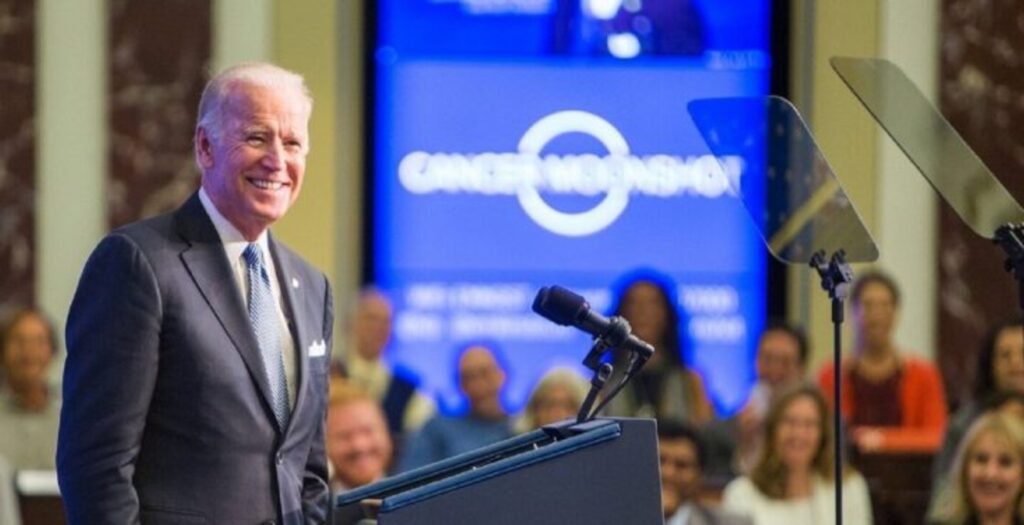
The flexibility of this new tax credit scheme was so impactful on vulnerable families that the Biden administration is considering reintroducing it in the 2025 budget.
A Tax Credit System that Doubles as a Poverty Alleviation Scheme
Some non-profit and poverty advocacy organizations commended the American Rescue Plan after observing how much it impacted the finances of vulnerable families.

For example, the vice president of the Poverty to Prosperity Program, Alexandra Cawthorne Gaines, said of the new tax credit scheme, “The impacts on racial disparities are very dramatic, this could cut deep poverty in half.”
What is a Tax Credit?
In generic terms, a tax credit is an amount deductible from payable tax for a certain period. In contrast, child tax credits are deductions made from a taxpaying family’s tax at the instance of their child(ren) below the age of 17.
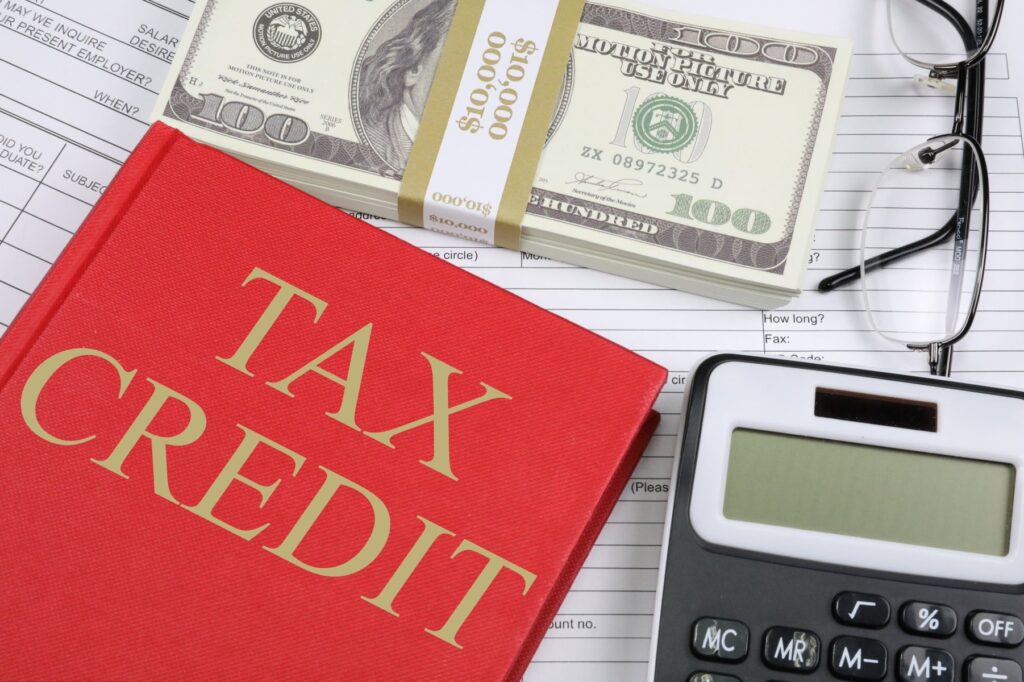
However, singles making up to $75,000 annually, household heads earning $112,500 annually, and married couples earning a total sum of $150,000 annually are also eligible for the expanded tax credit.
Do Rich People Benefit from Tax Credits?
However, there is a limit to how much tax credit earners enjoy as their earnings increase. Since the scheme was designed for vulnerable families, that clause prevents high-income earners from exploiting the tax system.
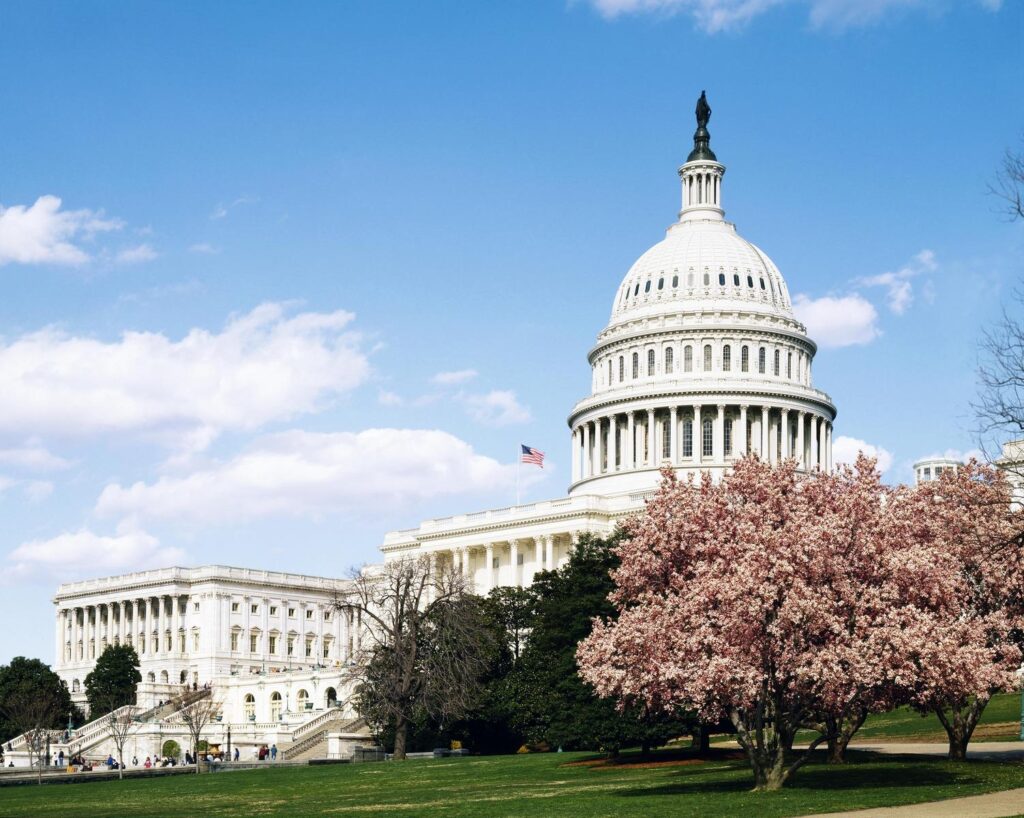
According to reports by tax experts, the monthly payments ran from July through December 2021. For taxpayers who had excess tax credit benefits, the remaining funds were paid as a lump sum in 2022.

